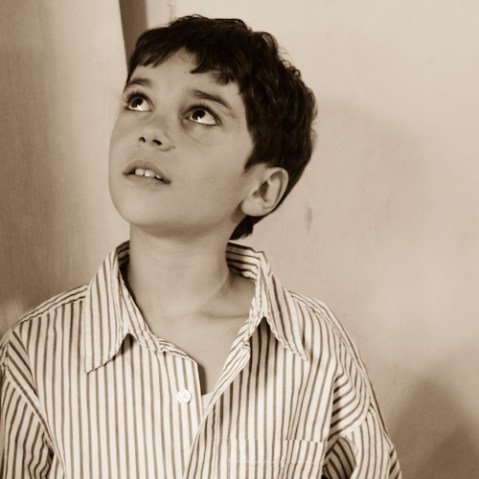Be certain of your subject for stronger photos

The fundamental ‘point-and-shoot’ process of taking a picture is so direct and instantaneous that questioning yourself as to what the subject is or should be is, at first glance, superfluous.

The subject of a portrait is the person in it, right? And the building is the subject of every architectural shot. This ‘whatever is in the middle of the frame is the subject’ approach can be quite deceiving, however. For one, it can be easy to get distracted by everything else occurring in and around the image, and for the subject to get lost. One of the most common photographic critiques is simply, ‘What am I supposed to be looking at?’ What seems obvious to the photographer—who was there at the moment of capture and knows why the shot was taken in the first place—needs to be communicated elegantly and straightforwardly to the viewer, and the mechanism for this communication is where composition comes into play. So your first question should always be ‘What am I photographing?’
If you think of your photograph as a story or narrative, you’ll be better able to determine what it is that’s the focus of your image because you’ll know exactly what it is that you’re trying to express through it. It doesn’t matter if the subject is vast and sweeping or intricate and detailed, there should be something in the photograph that is speaking to its audience.
The two images here are very different subjects captured in different ways, but they both drive a narrative and have a sense of purpose. Remember: Without a firm idea of what it is that you want to capture, you won’t be able to create a strong, purposeful, and meaningful photograph.

Let’s start with a vast, sweeping subject. Here, there are narrative themes of openness, possibility, but also of emptiness and being lost. It conveys a sense of isolation or maybe even loneliness. Anyone looking at the image can get a feeling of being the only person in the world, and that the road heads onward, unending and deserted.

An intricate and detailed picture might focus on the patina of some antique furniture, and through it convey the passage of time. When someone looks at the picture, they should be feeling the age of the furniture and wondering what it has been through to acquire those marks and scars.
When you’ve established your subject and what story you are telling through your photograph, you can then determine what is essential to your image, what is the background, and what is superfluous. By working out these key elements and how they interact—for example, how the background accentuates the subject—you will ensure that your photograph is saying just what you want it to say and everything will harmonise toward that end. You will be on your way to composing better images before you’ve even released the shutter.
Good composition lies at the heart of good photography. In Photo School: Composition, Michael Freeman and Daniela Bowker lay out the basics, demystify the rules, and explain why things work (or don’t) to set you on the path to producing more engaging and compelling photographs, whatever the subject, through better composition. It’s a book packed with straight-forward advice, practical challenges, and inspirational images.
 Photo School: Composition
Photo School: Composition
Michael Freeman and Daniela Bowker
Buy it now!





